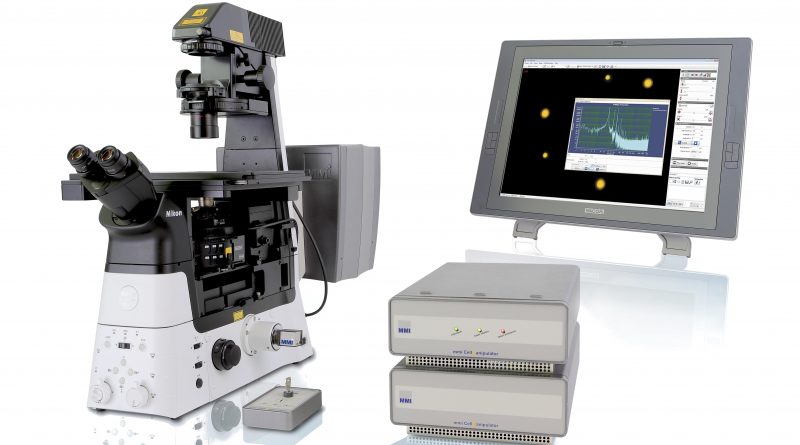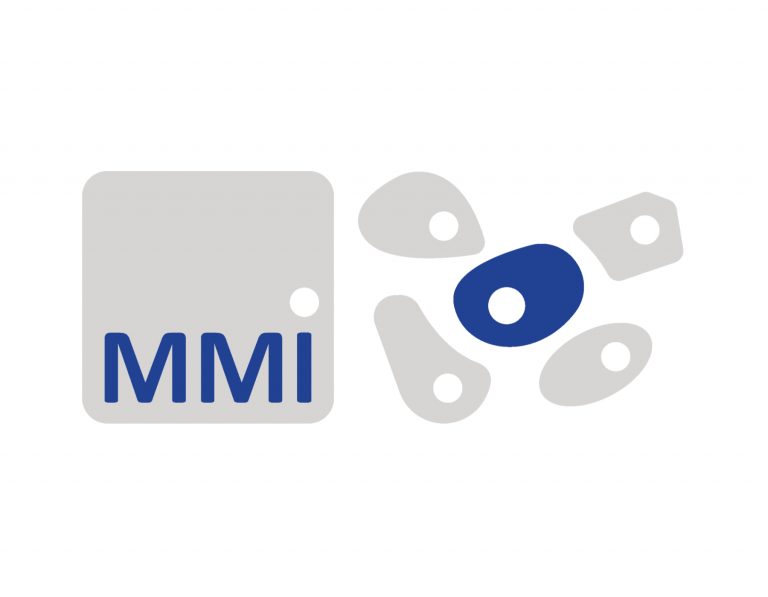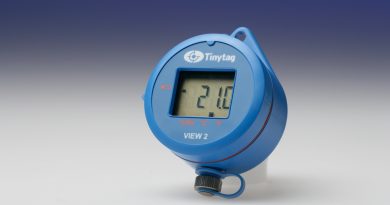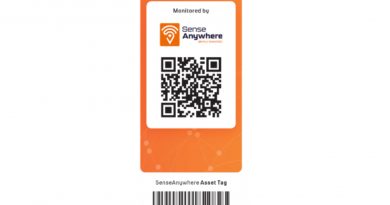Optical Tweezers System
This advanced optical tweezers system developed by MMI ensures ultra-precise manipulation with the finest force measurements of single cells and molecules in sub-pN resolution. The MMI CellManipulator is a highly modular, versatile and user-friendly system enabling real-time and contact-free control of up to 20 microscopic particles, living suspended cells, or subcellular organisms.
Its unparalleled precision and wide-ranging capabilities make it an ideal tool for numerous R&D applications, including cell fusions, cell-to-cell interactions, intracellular manipulations, bacterial and viral adhesion studies, optical trapping, and conducting biosensor assays.

Optical Tweezers System for Ultra-precise Micromanipulation
With the latest generation MMI CellManipulator Optical Tweezers System, researchers can achieve ultra-high precision in manipulating single cells and molecules, leveraging the strongest optical trap on the market with > 1200 pN escape force. This innovative optical tweezers system facilitates convenient, non-contact, and real-time control of up to 20 microscopic particles, living suspended cells, or subcellular organisms. The microscopic objects can be held, moved, rotated, joined, separated, stretched, or otherwise, simultaneously or individually in three dimensions.
The sub-pN resolution imaging detectors provide precise force data alongside fully automated calibration procedures, all without compromising your workspace. The open-space architecture of the optical trap places the entire laser beam control beneath the trapping lens. This design offers unparalleled free space above the trap, making it ideal for customisable force measurements and other applications.
The Optical Tweezers technology, discovered by Arthur Ashkin, winner of the 2018 Nobel Prize in Physics for his groundbreaking achievement, is a powerful tool for a plethora of different research areas such as cell biology, biomedicine, drug discovery, biochemistry, biophysics, and material sciences. Some of the key applications of optical tweezers include cell-based studies, bacterial and viral adhesion studies, as well as DNA or RNA binding.
Modular Optical Tweezers System for Unlimited Applications
The compact CellManipulator is the most flexible optical tweezers system and its modular structure can be composed according to specific research needs. This advanced modular optical tweezers system can be seamlessly integrated onto almost any inverted or upright research microscope combining fluorescence, TIRF, confocal microscopy, and other custom optical and confocal adaptations. It is compatible with all other MMI Single Cell Solutions, including the next-gen CellCut laser microdissection system and the CellScan whole slide scanner.
The CellManipulator optical tweezers system guarantees consistently reliable performance, exceptional manipulation power, and adaptability across a spectrum of devices and sample types ranging from basic glass slides to silicon-based microelectrode probes.
Revolutionising Cell-Cell Interaction Studies
The CellManipulator’s cutting-edge technology allows researchers to manipulate individual cells in a controlled environment, providing insights into cellular dynamics that were previously unattainable. This optical tweezers system enables the precise manipulation of cells, promoting interactions between them and direct measurement of the binding forces during cell interactions while also maintaining full control over cell orientation and contact time. This advanced capability is invaluable for dynamic studies on cell-cell interaction forces and for measuring cell avidity at the single-cell level.
Optical tweezers are routinely used to measure cell-cell interaction forces between immune cells, such as T-cell recognition of antigen-presenting cells or natural killer cells targeting of cancer cells. Understanding these forces is crucial for drug discovery, as they influence processes like immune response, tissue development, and disease progression.
Optical Tweezers for DNA and RNA Binding Studies
Optical tweezers can be used to study single molecules such as DNA and RNA proteins, as well as molecular motors, folding and adhesion forces. These insights advance our knowledge of cellular processes and inform therapeutic strategies. DNA serves as the genetic blueprint for all living organisms, guiding their development, function, and reproduction. MMI’s optical tweezers system enables the precise manipulation of individual DNA molecules, contributing to the advancement of single-molecule studies, protein-DNA interaction studies, and drug screening to assess potential drug effects on DNA stability and interactions, aiding the advancement of drug discovery and personalised medicine.
RNA plays pivotal roles in gene expression, protein synthesis, and regulation. Optical tweezers can be used to manipulate RNA molecules to explore their folding patterns. Understanding RNA secondary and tertiary structures is crucial for drug design. Optical tweezers can reveal how RNA interacts with proteins, forming ribonucleoprotein complexes. These complexes regulate processes like splicing and translation. The technology also enables viral RNA interaction studies to accelerate antiviral drug development.
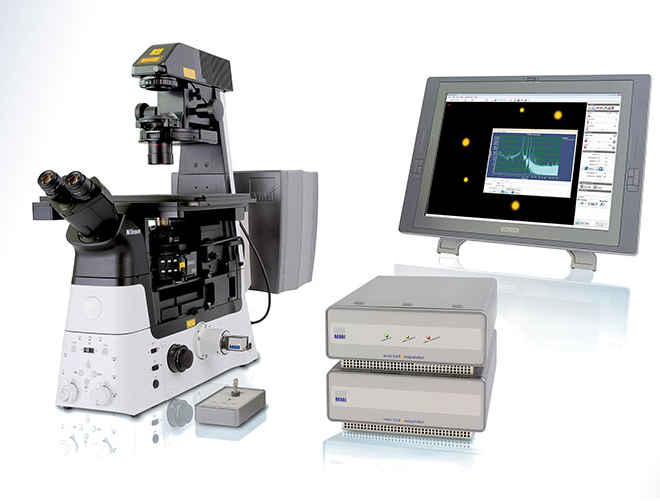
Features
- Manipulation of up to 20 single and living cells, microorganisms and microscopic particles
- Strongest optical trap on the market with > 1200 pN escape force
- Contact-free movement of selected particles
- Highest flexibility on the market
- Compatible with all other MMI instruments
- Compatible with most inverted research microscopes
The MMI CellManipulator is a cutting-edge device ideal for applications, such as cell fusions, cell-to-cell interactions, intracellular manipulations, molecular motors, optical trapping, and biosensor assays.

